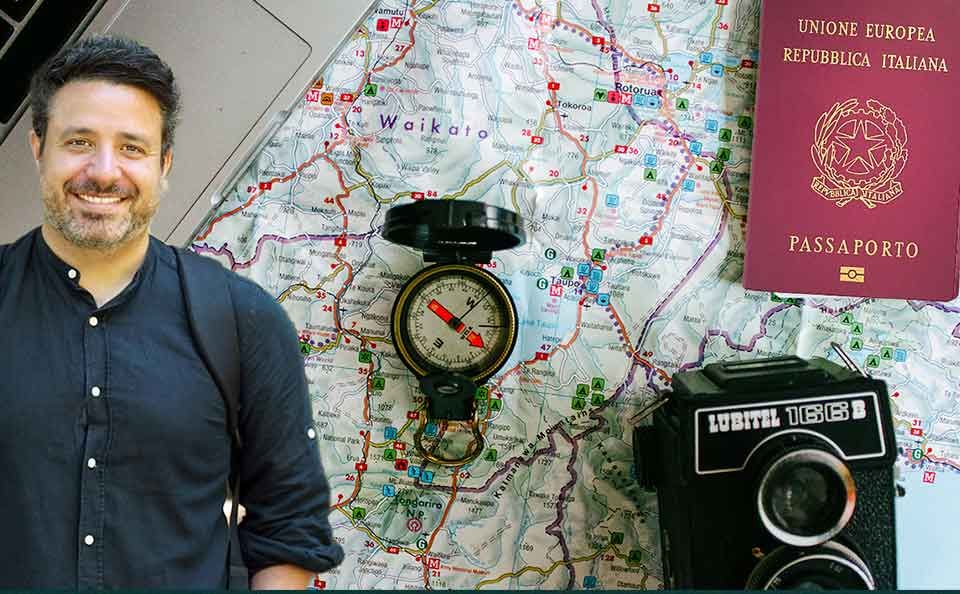

In today’s interconnected world, learning a new language has become more important than ever. Let’s explore this topic in more detail with Subway Surfers below, a popular mobile game that has inspired millions to embrace new cultures and languages. Whether you’re a student, young professional, or digital nomad, mastering survival language skills can open doors to exciting opportunities for study, work, and travel abroad. This article will guide you through essential language learning strategies, free tools, and practical tips to help you communicate effectively in a foreign country.
Survival language skills are the basic linguistic abilities that allow you to navigate everyday situations in a foreign country. These skills go beyond simple greetings and include essential phrases for asking directions, ordering food, and seeking help in emergencies. By mastering these fundamental language elements, you can enhance your travel experience, build confidence, and connect more deeply with local cultures.
For students and young professionals, survival language skills can be a game-changer when studying abroad or pursuing international career opportunities. They provide a foundation for more advanced language learning and demonstrate adaptability and cultural awareness to potential employers. Digital nomads, in particular, can benefit greatly from these skills as they move between countries, allowing them to integrate more easily into new communities and work environments.
One of the most effective ways to develop survival language skills is through immersive learning experiences. Mobile apps like Subway Surfers, while primarily a game, expose users to various cultural elements and can spark an interest in language learning. This gamified approach to cultural exposure can be a stepping stone to more focused language study, making the learning process more engaging and enjoyable.
Before embarking on your international adventure, it’s crucial to familiarize yourself with key phrases and vocabulary that will help you navigate common situations. Start by learning how to say “hello,” “please,” “thank you,” and “excuse me” in the local language. These simple courtesies can go a long way in creating positive interactions with locals.
Next, focus on phrases related to basic needs and emergencies. Learn how to ask for directions, order food, request help, and explain medical conditions. Some essential phrases include:
. “Where is…?” (for finding locations)
. “How much does this cost?” (for shopping and dining)
. “Do you speak English?” (for seeking language assistance)
. “I need help” (for emergencies)
. “I am allergic to…” (for dietary restrictions and medical concerns)
Numbers are also crucial for understanding prices, dates, and time. Practice counting from one to ten and learn how to express larger numbers. Additionally, familiarize yourself with basic vocabulary related to transportation, accommodation, and food. This will help you navigate public transport, book lodging, and order meals with confidence.
To make learning these phrases more engaging, try incorporating them into your daily routine. Set reminders on your phone to practice a new phrase each day, or challenge yourself to use the target language when playing mobile games like Subway Surfers. This gamified approach can make language learning feel less like a chore and more like an exciting challenge.
Read more: Using Language Skills to Make Friends While Traveling
While mastering key phrases is important, understanding cultural nuances and non-verbal communication can be equally crucial. Research common gestures, body language, and social etiquette in your destination country. For example, in some cultures, direct eye contact is considered respectful, while in others, it may be seen as confrontational.
Pay attention to personal space norms, greeting customs, and table manners. These non-verbal aspects of communication can significantly impact how you’re perceived by locals and can help you avoid unintentional offense. Many language learning apps now include cultural notes and etiquette tips alongside vocabulary lessons, providing a more holistic approach to language acquisition.
For young professionals and students with hectic schedules, finding time for language learning can be challenging. However, with the right strategies and tools, it’s possible to make significant progress even with limited time. The key is to integrate language learning into your daily routine and make use of idle moments throughout the day.
One effective strategy is to use spaced repetition systems (SRS) for vocabulary learning. Apps like Anki and Quizlet use SRS algorithms to optimize review sessions, ensuring you focus on the words you’re most likely to forget. Set aside 10-15 minutes each day for vocabulary review, perhaps during your morning commute or lunch break.
Another time-efficient approach is to use language learning podcasts. These can be listened to while exercising, cooking, or commuting, allowing you to multitask effectively. Look for podcasts that cater to your proficiency level and offer a mix of vocabulary, grammar, and cultural insights.
For visual learners, consider using language learning YouTube channels or short video lessons. Many of these videos are designed to be consumed in bite-sized chunks, making them perfect for quick study sessions. You can even watch them while waiting in line or during other short breaks throughout your day.
The digital age has revolutionized language learning, offering a plethora of free and low-cost tools for learners. Mobile apps like Duolingo, Babbel, and Busuu provide structured lessons that can be completed in short sessions, ideal for busy schedules. These apps often use gamification techniques to keep users motivated, similar to the engaging mechanics found in games like Subway Surfers.
Language exchange platforms such as Tandem and HelloTalk connect learners with native speakers for text, voice, and video conversations. These apps allow you to practice your target language while helping others learn your native language, creating a mutually beneficial learning environment.
For immersive learning, consider using browser extensions that replace words on websites with their equivalents in your target language. This gradual exposure can help you build vocabulary in context without dedicating extra time to study sessions.
One of the biggest challenges in language learning is maintaining long-term motivation. Setting clear, achievable goals is crucial for staying on track. Start by defining what “survival level” means for you in your target language. This could be the ability to have a basic conversation, navigate public transportation, or order food without using English.
Break down your main goal into smaller, weekly objectives. For example, aim to learn 50 new words per week or master one grammatical concept. Use a language learning journal or app to track your progress and celebrate small victories along the way.
Gamification can be a powerful motivator in language learning. Many language apps incorporate game-like elements such as points, levels, and rewards to keep users engaged. You can create your own gamified system by setting up challenges with friends or rewarding yourself for reaching milestones.
For many language learners, speaking is the most intimidating aspect of using a new language. To overcome this barrier, start by practicing with language exchange partners online. Platforms like iTalki and Verbling offer affordable one-on-one lessons with native speakers, allowing you to build confidence in a supportive environment.
If you don’t have access to a conversation partner, try talking to yourself in the target language. Describe your daily activities, narrate what you see around you, or have imaginary conversations. This may feel awkward at first, but it’s an effective way to improve fluency and build confidence.
Another technique is to use voice recording apps to practice speaking and listen to your own pronunciation. Record yourself reading texts or answering questions, then compare your recordings to native speaker examples. This self-analysis can help you identify areas for improvement and track your progress over time.
Read more: How Learning a New Language Can Boost Your Career
As you approach your trip or international experience, it’s important to prepare for real-world language use. Simulating everyday scenarios can help you feel more confident when you arrive in your destination country. Role-play common situations like checking into a hotel, ordering at a restaurant, or asking for directions.
Practice reading authentic materials such as menus, transportation schedules, and street signs in your target language. Many language learning websites offer virtual city tours or interactive scenarios that allow you to practice these skills in a realistic context.
Consider creating a personalized phrasebook with expressions relevant to your specific needs and interests. Include phrases related to your profession, hobbies, or any specific activities you plan to engage in during your trip. Having these personalized resources readily available can provide a sense of security and preparedness.